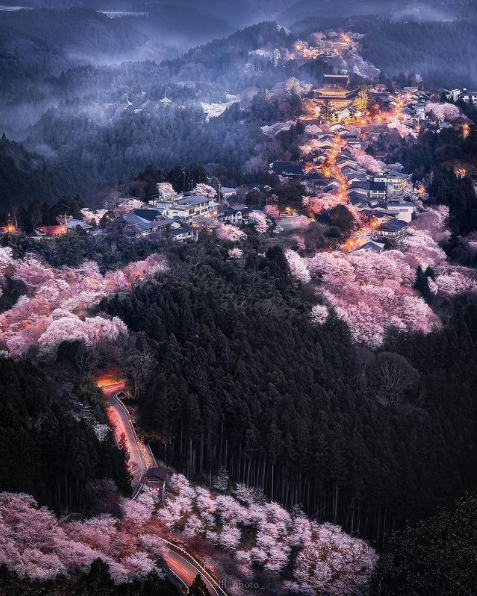Thursday, December 31, 2020
Ise Jingu: The Most Sacred Sinto Shrine in Japan
Tuesday, December 22, 2020
Samurai Gourmet
Thanks to the Japan Fulbright Program, I had both the pleasure and honor of visiting Japan for 21 days. I was in the company of 199 other American Educators from across the nation and across grade levels K-16.
I thought of this as a once in a lifetime opportunity. With that in mind, I decided to go big or stay home: I would eat only Japanese food for 21 days... exclusively. While my teacher friends went to McDonalds and KFC, I avoided everything that could be eaten at home and committed to trying everything Japanese that I encountered.
I was generously rewarded with the discovery that: the deeper one’s immersion into an unknown culture, the greater one’s illumination of the people to be encountered.
Now, fifteen years later, on Netflix I’ve discovered a 12 part Japanese series: Samurai Gourmet, which affords viewers a “foodie tour of Japan while simultaneously revealing a window into the nuances of the culture.
My wife Patricia has her own traveling rules: “Eat and drink only local, stay in little local hotels, try all the offbeat shops and museums. That’s the real deal. That’s where the magic happens!” This framework for travel will reward you well in Japan as well. We have decided to tune our ears for the spoken Japanese language by beginning with this series listening closely to pick up as many terms as possible.
I should say that in 21 days, 3 meals a day, plus snacks at every turn, I only encountered one Japanese dish that I’d not order again: natto for breakfast. Crystal clear, slimy goupy strands of the most unusual flavor ever to be encountered hitch hiking across any galaxy!
But after 8 additional trips to Japan, natto is back on my list along with raw sea urchin just inspired by episode 11 of Samurai Gourmet.
Click HERE for the Correct Way to Eat Natto
As they say in Japan... Oishi!!
Delicious!
Confession: On my 6th trip to Japan, I had a Big Mac in Osaka. It was the worst decision made in all of my days in Japan!
Friday, December 18, 2020
Japanese Ancestors: Jason’s Journey
In a dream, Jason, Leandra, and David, Samantha and Cameron are in Japan, the land of our ancestors.
But recently, I’ve seen images of Jason on his own in Asuka Village, Nara, Niimi Okayama, Kyoto, Osaka, and Tokyo. In the event that he does travel solo, this is how his journey might unfold.
Principal characters
Megumi, Shinichi, Yui and Nagi
Yuji and Takao Tanaka
Sohji, Yuka, Yui, Yuma and Grandma Masako Ishihara Family Jason and Sohji are brothers in this story.
The Kobayakawa Family where I see a quiet beginning and an unexpected chemistry. I see a happy jovial gathering here.
Kiyoshi Yamauchi
and finally Mio of Hiroshima

There are 30 different types of restaurants in Japan! Click HERE for more.
Tokyo is number 1 city for the most Michelin restaurants anywhere in the world. Click HERE for details. Many restaurants in Japan decline to participate in the Michelin System.





